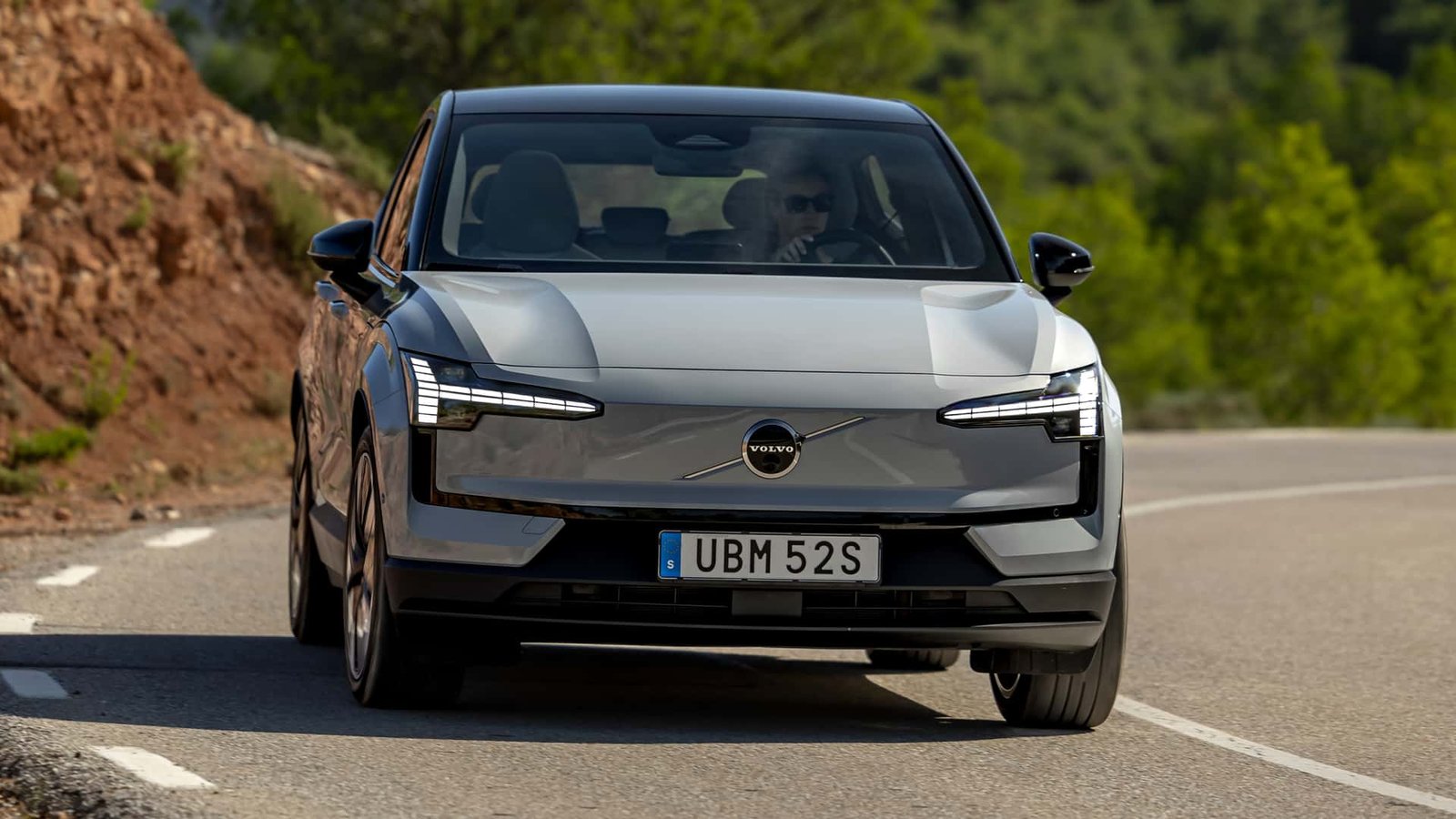
For years, range anxiety has been a major barrier to wider EV adoption in the U.S. It’s a common fear: imagine being in the middle of nowhere, with 5% juice remaining in your battery, and nowhere to charge. A nightmare nobody ever wants to experience, right? But a new study proves that in the real world, that’s a highly improbable scenario.
After analyzing information from 18,000 EVs across all 50 U.S. states, battery health and data start-up Recurrent found something we sort of knew but took for granted. The average distance Americans cover daily constitutes only a small percentage of what EVs are capable of covering thanks to modern-day battery and powertrain systems.
Get Fully Charged
Range anxiety is a problem, but not for daily driving.
For years, skeptics have juxtaposed range anxiety against EVs, making them appear inadequate compared to gas cars. However, data shows that EVs have more than enough range for your daily driving.
The study revealed that depending on the state, the average daily driving distance for EVs was between 20 and 45 miles, consuming only 8 to 16% of a battery’s EPA-rated range. Most EVs on sale today in the U.S. offer around 250 miles of range, and many models are capable of covering over 300 miles.
Of the 10 most affordable EVs in the U.S. right now, most can cover over 200 miles on the EPA cycle. The 2023 Chevrolet Bolt EV, among the most affordable EVs in the U.S., has an EPA rating of 259 miles. Despite the end of its production, many are still available to grab in Chevy’s inventory.
The three geographically largest states in the U.S., Alaska, Texas, and California all have below-average daily driving distances (see by hovering the cursor over the map above). However, there’s a twist. EV owners in these states may live in urban areas and they might have gas or hybrid alternatives at their disposal for longer trips.
Places like Puerto Rico, Hawaii, and Washington D.C. also have shorter daily driving distances which translates to drivers using less of their EV’s range. Even after EV adoption increases and future drivers buy EVs to be their primary vehicles, average daily driving distances might not increase that much, after all.
Because even with gas cars, the average U.S. driver only covers 37 miles per day, U.S. Department of Transportation data showed. Note that the data varies substantially across regions and scenarios. Residents of Wyoming and the Dakotas might need to drive far more than those in New York or the District of Columbia.
This is not to say that we don’t need longer-range EVs. And convincing people that they don’t “need” as much range as they think can be a losing proposition. For those reasons, automakers are developing EVs with 600-mile batteries to enter the market in the coming years, but buyers should carefully consider what they’re actually going to use.
How much do you drive on average regularly? Do EVs provide sufficient range for your daily driving? Leave your thoughts in the comments.
[ad_2]
Source link




